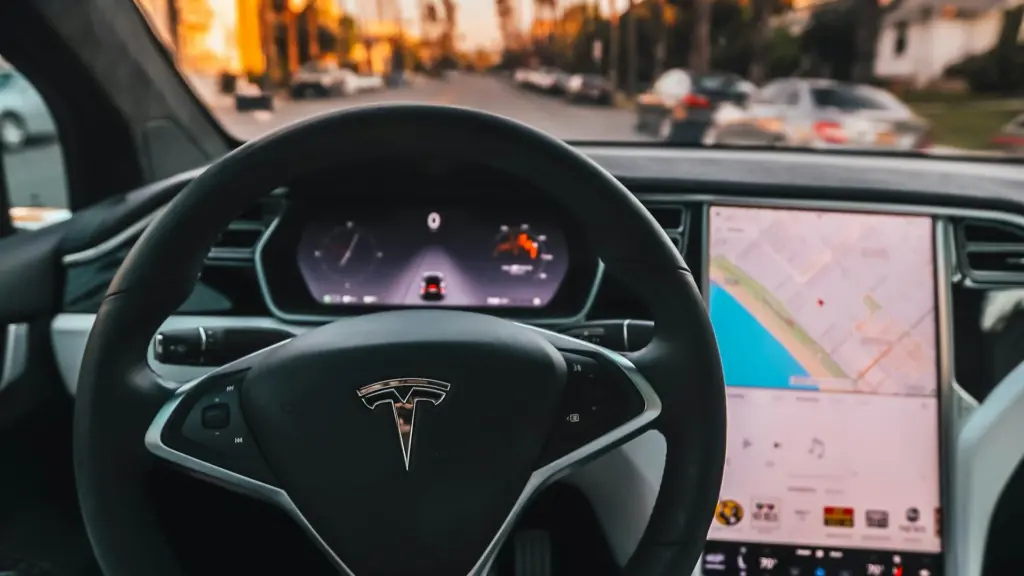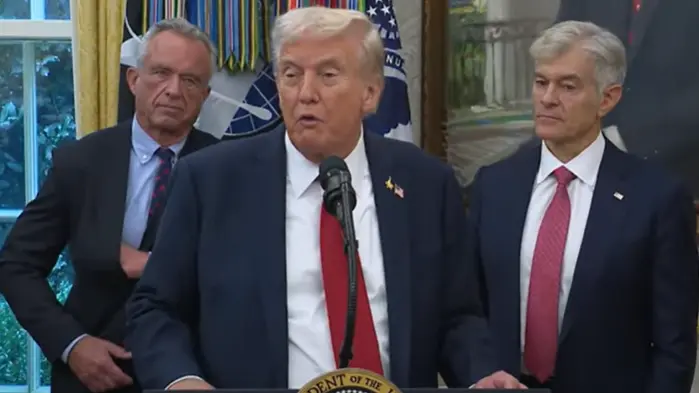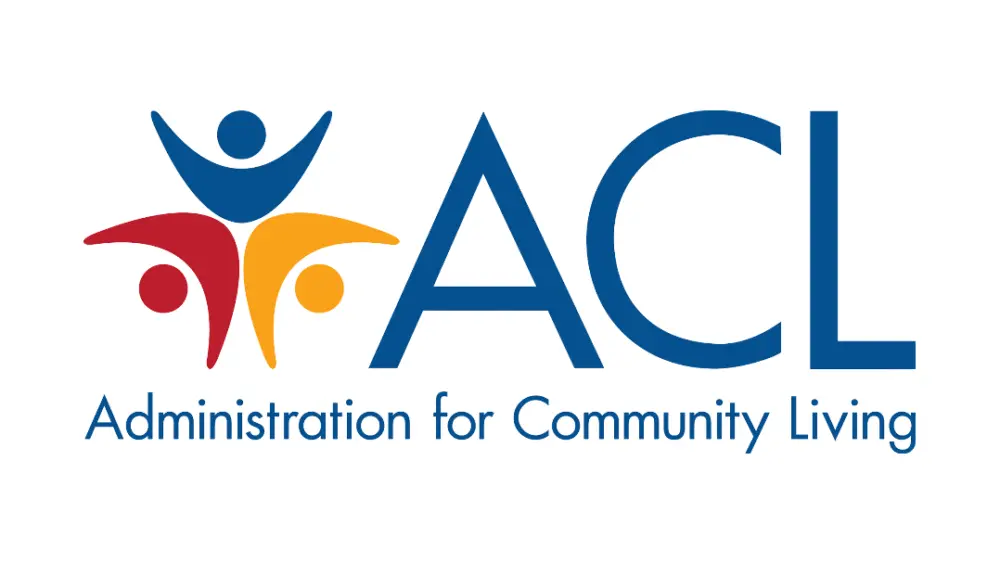WASHINGTON, D.C. – This year, lawmakers in Arizona, Louisiana, Montana, Nevada and the District of Columbia enacted legislation to regulate driverless vehicles, according to a database from the National Conference of State Legislatures.
While much of the legislation aims to update existing law to include new definitions for autonomous vehicles, other measures put rules in place regarding insurance, permitting, licensing and road testing.
In total, lawmakers in 25 states introduced 67 bills related to autonomous vehicles, according to the database. California, Illinois, Massachusetts, New Jersey, New York and Pennsylvania currently have bills under consideration. Alaska, Delaware and Washington have bills that will be carried over into the next legislative session.
Governors vetoed two measures this year. Colorado Democratic Gov. Jared Polis shot down a measure that would have required a driver to be present in any commercial vehicle being operated by an automated driving system.
Virginia Republican Gov. Glenn Youngkin vetoed a measure that would have put rules in place for “high-risk artificial intelligence systems,” but would have excluded “autonomous vehicle technology” from that category.
As of now, there are no vehicles that have achieved full autonomy, according to the Society of Automotive Engineers’ criteria. But several car companies have introduced automated driving features, allowing drivers to take their hands off the wheel.
Tesla is rolling out its Full Self-Driving feature, a system under which a vehicle can drive itself almost anywhere with minimal intervention from the driver. Tesla Autopilot, which the company made available to the public in late 2024, also helps with basic vehicle maneuvering.
And Waymo, the country’s first autonomous ride-hailing service, is currently operating in Atlanta; Austin, Texas; Los Angeles; Phoenix and San Francisco. The robo-taxi company plans to expand to Miami and Washington, D.C., next.
According to the National Highway Traffic Safety Administration, vehicle safety is the main benefit of driverless cars. With higher levels of automation, there is less room for human error or driver distractions. The new technology also could improve safety for bicyclists and pedestrians, according to the agency.
But driverless cars have been involved in hundreds of accidents over the past few years. Between 2021 and 2024, there were 696 accidents reported that involved a Waymo vehicle, according to an analysis by California-based law firm DiMarco | Araujo | Montevideo.
And last year, the National Highway Traffic Safety Administration began investigating Tesla’s Full Self-Driving system after multiple reports of crashes that occurred in low-visibility conditions.
Stateline reporter Madyson Fitzgerald can be reached at mfitzgerald@stateline.org.
This article was first published by Stateline, part of States Newsroom, a nonprofit news network supported by grants and a coalition of donors as a 501c(3) public charity. Stateline maintains editorial independence. Contact Editor Scott S. Greenberger for questions: info@stateline.org.
Washington State Standard is part of States Newsroom, a nonprofit news network supported by grants and a coalition of donors as a 501c(3) public charity. Washington State Standard maintains editorial independence. Contact Editor Bill Lucia for questions: info@washingtonstatestandard.com.





